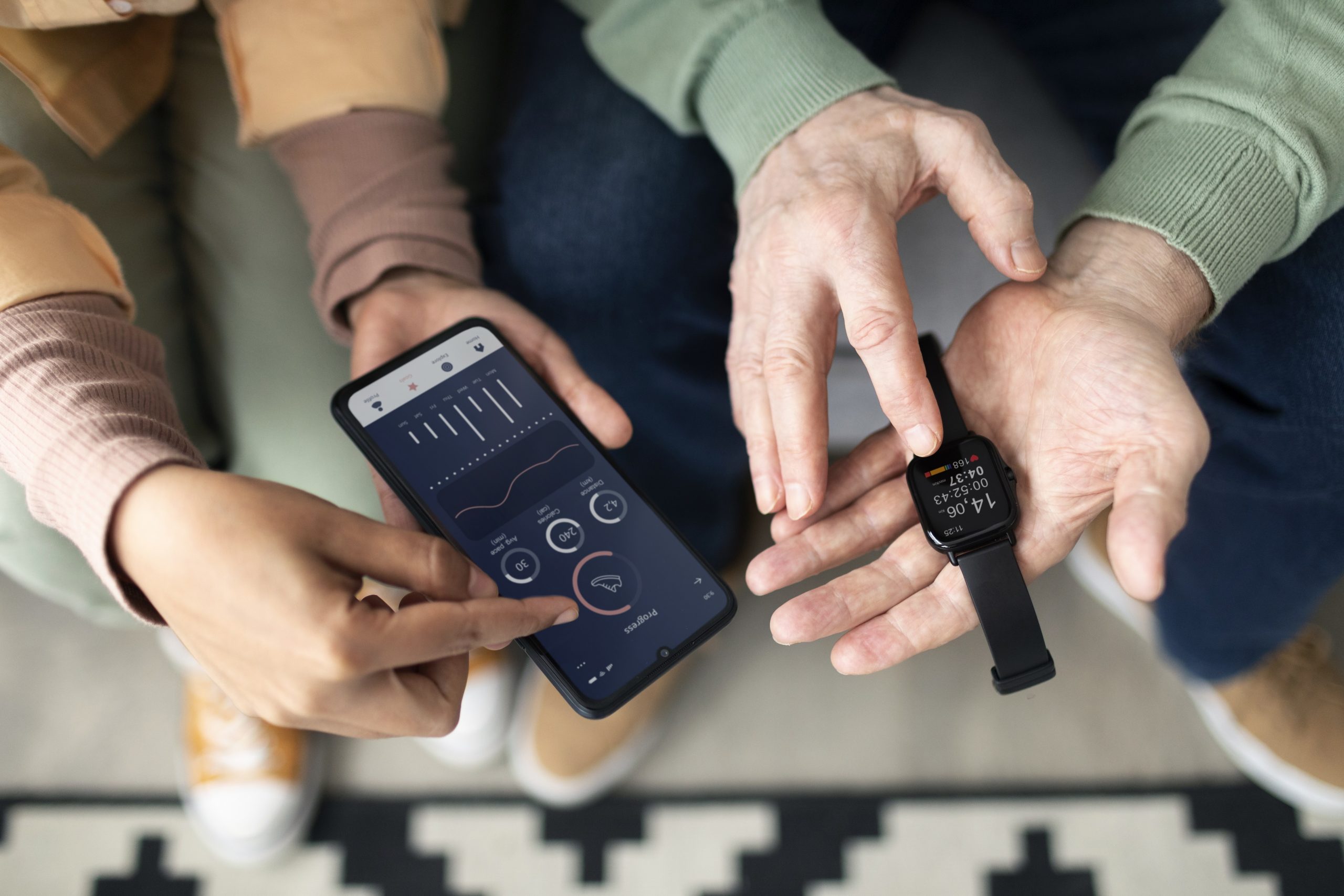
الدكتور هيثم حجازي يشارك في دراسة جديدة بعنوان “الأجهزة القابلة للارتداء والتعلم غير الخاضع للرقابة القابل للتفسير للكشف عن فيروس كورونا (COVID-19) ومراقبته”
Wearable Devices and Explainable Unsupervised Learning for COVID-19 Detection and Monitoring
ملخص البحث
Despite the declining COVID-19 cases, global healthcare systems still face significant challenges due to ongoing infections, especially among fully vaccinated individuals, including adolescents and young adults (AYA). To tackle this issue, cost-effective alternatives utilizing technologies like Artificial Intelligence (AI) and wearable devices have emerged for disease screening, diagnosis, and monitoring. However, many AI solutions in this context heavily rely on supervised learning techniques, which pose challenges such as human labeling reliability and time-consuming data annotation. In this study, we propose an innovative unsupervised framework that leverages smartwatch data to detect and monitor COVID-19 infections. We utilize longitudinal data, including heart rate (HR), heart rate variability (HRV), and physical activity measured via step count, collected through the continuous monitoring of volunteers. Our goal is to offer effective and affordable solutions for COVID-19 detection and monitoring. Our unsupervised framework employs interpretable clusters of normal and abnormal measures, facilitating disease progression detection. Additionally, we enhance result interpretation by leveraging the language model Davinci GPT-3 to gain deeper insights into the underlying data patterns and relationships. Our results demonstrate the effectiveness of unsupervised learning, achieving a Silhouette score of 0.55. Furthermore, validation using supervised learning techniques yields high accuracy (0.884 ± 0.005), precision (0.80 ± 0.112), and recall (0.817 ± 0.037). These promising findings indicate the potential of unsupervised techniques for identifying inflammatory markers, contributing to the development of efficient and reliable COVID-19 detection and monitoring methods. Our study shows the capabilities of AI and wearables, reflecting the pursuit of low-cost, accessible solutions for addressing health challenges related to inflammatory diseases, thereby opening new avenues for scalable and widely applicable health monitoring solutions.
كيفية الاستشهاد للبحث:
Hasasneh, A., Hijazi, H., Talib, M. A., Afadar, Y., Nassif, A. B., & Nasir, Q. (2023). Wearable Devices and Explainable Unsupervised Learning for COVID-19 Detection and Monitoring. Diagnostics, 13(19), 3071.
رابط البحث